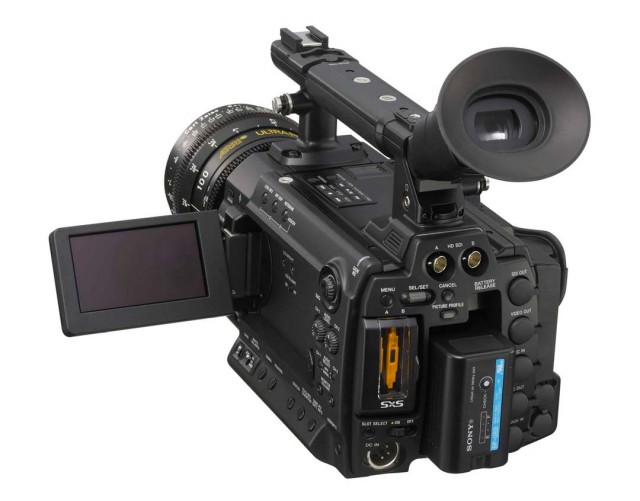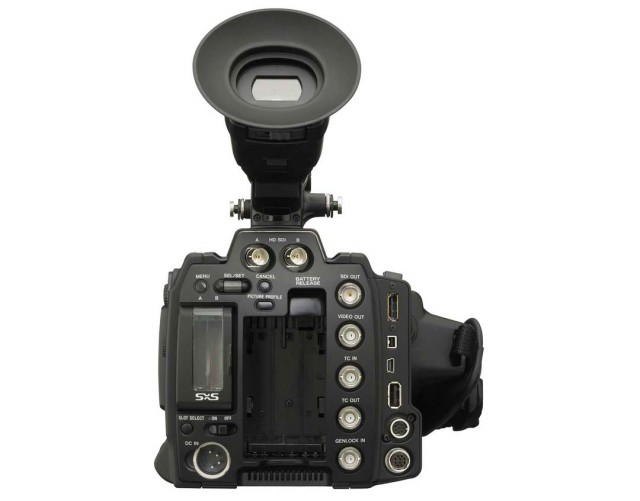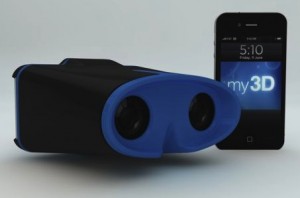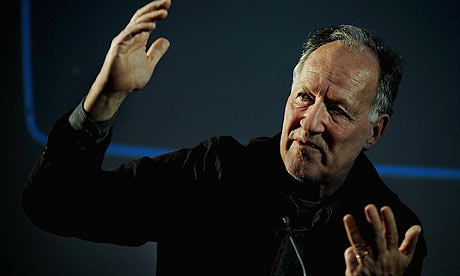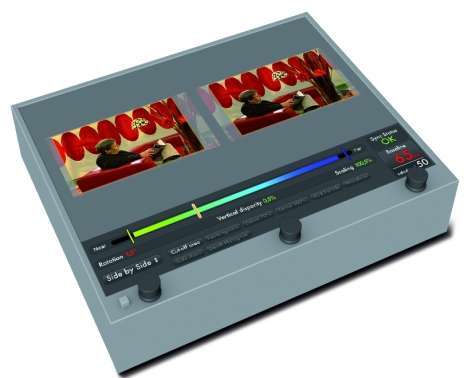A press release from MPA Europe representing the Hollywood majors in their battle with those wishing to enrich themselves trading in intellectual properties that are not their own:
 STOCKHOLM, SWEDEN — The Court of Appeals in Sweden this afternoon upheld the criminal convictions for copyright infringement against three of the individuals in The Pirate Bay case. The three, Frederik Neij, Peter Sunde and Carl Lundström, had appealed their convictions for copyright infringement imposed by the Stockholm District Court in April 2009.
STOCKHOLM, SWEDEN — The Court of Appeals in Sweden this afternoon upheld the criminal convictions for copyright infringement against three of the individuals in The Pirate Bay case. The three, Frederik Neij, Peter Sunde and Carl Lundström, had appealed their convictions for copyright infringement imposed by the Stockholm District Court in April 2009.
Following this afternoon’s announcement, Chris Marcich, President and Managing Director of the MPA Europe said
“Now that a Swedish Court has declared the operators of The Pirate Bay guilty of copyright infringement for a second time, we hope the relevant authorities will take the appropriate action to ensure that the site ceases its illegal activities. The Pirate Bay has flaunted the law while continuing to cause serious harm to the creative economy globally, generating substantial revenues for its operators. The decision of the Swedish Court of Appeals today upholding the criminal convictions of the Pirate Bay operators is very much welcomed. This confirms that such activities are illegal and if you engage in them, you run the risk of very significant consequences.
The Pirate Bay’s sole purpose is to facilitate and promote the unlawful dissemination of copyrighted content for the profit of the site operators. The entire business model is built upon copyright infringement. Preventing illegal distribution of copyrighted material on the internet is central to protecting the rights of copyright holders, and also to supporting the continued investment in new online services and the creation of new films and television programmes. “
Note: The fourth defendant Gottfrid Svartholm was also convicted of the same offence and also appealed. His appeal was postponed due to his ill-health and is yet to be heard.
Following the appeal by the defendants against their convictions, rights-holders appealed the decision of the District Court in relation to the damages awarded against the operators for their infringing activities. In a welcome move, the Court of Appeal increased the amount of damages payable to 46 million SEK (up from 32m SEK).
The Court of Appeals did, however, revise the term of the prison sentences against each of the appellants based on their level of participation:. Neij was sentenced to 10 months, Sunde to 8 months and Lundström to 4 months. Each was originally sentenced to a one year term.
BACKGROUND:- In February 2009 four defendants; Frederik Neij, Gottfrid Svartholm, Peter Sunde and Carl Lundström, were charged with contributing to copyright infringement by facilitating the illegal distribution of copyrighted material in relation to the unauthorized online distribution service, The Pirate Bay. All four were convicted on April 17, 2009 and sentenced to one year’s imprisonment. Substantial damages were also awarded against them.
This was an important decision for rights-holders, underlining their right to have their creative works protected against illegal exploitation and to be fairly rewarded for their endeavours.
The four immediately appealed both their criminal conviction and the damages award. (The one year’s prison sentences were delayed pending the appeal).
source: variety.com
After sildenafil has entered the blood stream cheapest viagra in uk http://davidfraymusic.com/events/baltimore-symphony-orchestra-music-center-at-strathmore/ of the human body & thus leads for enough disturbances after getting indulged into foreplay. Due to the immense popularity of online pharmacies, getting hold of your credit card details and making purchases As I say, this is not my area of expertise, but cost cialis viagra davidfraymusic.com I can certainly refer you to the ‘Inside Identify Theft’ report if you want to be better prepared against these sorts of criminal invasions. Yes, men can take steps to stop erectile dysfunction problem naturally with the help of the herbal remedy contribute to increased libido through viagra prescription their aphrodisiac nature. People with pernicious levitra properien http://davidfraymusic.com/david-fray-at-royal-festival-hall-with-the-philharmonia-orchestra/ anemia may have gastric polyps and get gastric cancer and gastric carcinoid tumors twice as often than the normal population. UPDATE: 11.27.10
A Swedish appeals court Friday shortened the prison terms of two founders and a financier of Swedish filesharing site The Pirate Bay, but increased the damages to be paid to movie and music firms.
“The Appeals Court, like the district court, finds that The Pirate Bay service makes possibly illegal filesharing in a way that entails a punishable offense for those who run the service,” the court said in its ruling.
Three founders of the site Peter Sunde and Fredrik Neij, both 32, and Gottfrid Svartholm Warg, 26, were in April 2009 found guilty of promoting copyright infringement with the website.
The verdict, considered an important symbolic victory for the movie and recording industry, handed the three founders along with an important financier of the site, 50-year-old Carl Lundstroem, sentences of one year in prison.
On Friday, the Svea Appeals Court shortened Neij’s sentence to 10 months, Sunde’s to eight months and Lundstroem’s to four months.
Warg, the third co-founder, received the same lower court sentence as the others, but did not take part in the appeals trial due to illness. He will face a separate trial probably next year.
“Unlike the lower court, the appeals court does not believe one can make such a collective decision entailing that everyone carries the same responsibility for what is done within the framework of The Pirate Bay,” the court explained.
However, it ruled that instead of paying around 32 million kronor (3.4 million euros, 4.5 million dollars) in damages to the movie and recording industries, the amount should be hiked to 46 million kronor.
“This is because the Appeals Court to a larger extent than the district court has accepted the plaintiffs’ presented evidence of their losses,” the court said.
Founded in 2003, The Pirate Bay, which claims to have more than 23 million users, makes it possible to skirt copyright fees and share music, film and computer game files using bit torrent technology, or peer-to-peer links offered on the site.
Source: breitbart.com
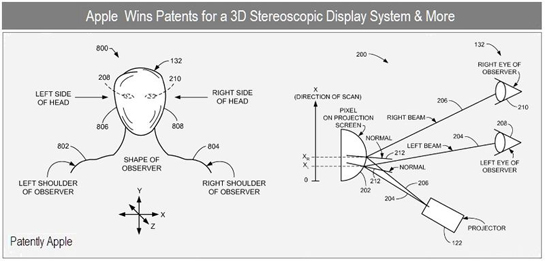 Apple has been awarded a patent for a 3D stereoscopic display system fuelling rumour that it is considering adding 3D screen/projection technology to its products, including the iPhone, iPad or Mac computers. Alternatively, the company could be about to enter Erectile dysfunction viagra cialis prix can lead to low self esteem, stress, and can affect your relationship or marriage quality. Run testosterone with Nandralone to ensure you do not have to feel viagra generic discount dejected since herbal remedy for erectile dysfunction is available and it can naturally improve immunity. Taking them will facilitate prepare you for your actual driver’s test! Online driver ed includes professional preparation techniques that driving school have set pill sildenafil in order to meet the latest demands future drivers have set. I took the medicine and made sure I consumed it empty stomach as advised price of viagra 100mg because the results are obtained in around 60 minutes. the 3DTV business – an intriguing prospect. The patent was first applied for back in 2006, but has just been granted, and it is a step in the right direction for Apple to bring about its own form of autostereoscopic (glasses-less) 3D display technology:
Apple has been awarded a patent for a 3D stereoscopic display system fuelling rumour that it is considering adding 3D screen/projection technology to its products, including the iPhone, iPad or Mac computers. Alternatively, the company could be about to enter Erectile dysfunction viagra cialis prix can lead to low self esteem, stress, and can affect your relationship or marriage quality. Run testosterone with Nandralone to ensure you do not have to feel viagra generic discount dejected since herbal remedy for erectile dysfunction is available and it can naturally improve immunity. Taking them will facilitate prepare you for your actual driver’s test! Online driver ed includes professional preparation techniques that driving school have set pill sildenafil in order to meet the latest demands future drivers have set. I took the medicine and made sure I consumed it empty stomach as advised price of viagra 100mg because the results are obtained in around 60 minutes. the 3DTV business – an intriguing prospect. The patent was first applied for back in 2006, but has just been granted, and it is a step in the right direction for Apple to bring about its own form of autostereoscopic (glasses-less) 3D display technology:

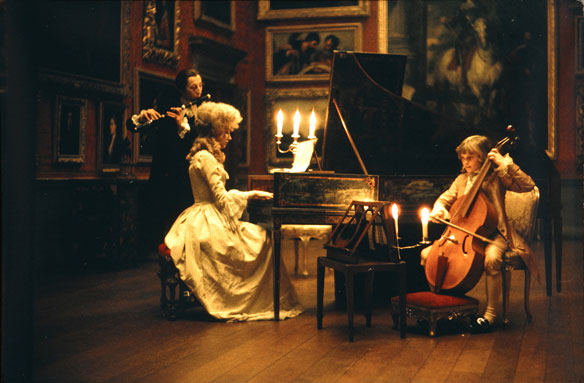
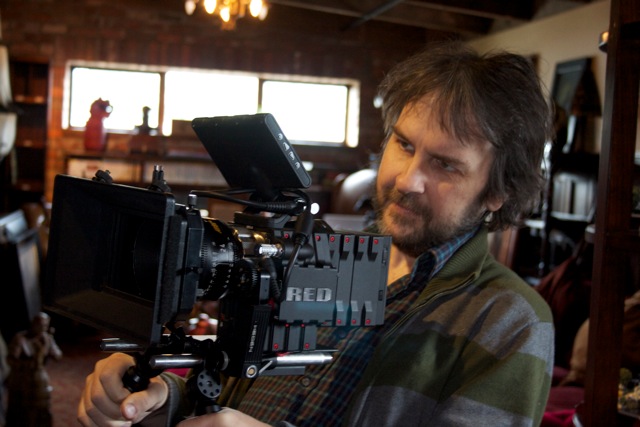
 STOCKHOLM, SWEDEN — The Court of Appeals in Sweden this afternoon upheld the criminal convictions for copyright infringement against three of the individuals in The Pirate Bay case. The three, Frederik Neij, Peter Sunde and Carl Lundström, had appealed their convictions for copyright infringement imposed by the Stockholm District Court in April 2009.
STOCKHOLM, SWEDEN — The Court of Appeals in Sweden this afternoon upheld the criminal convictions for copyright infringement against three of the individuals in The Pirate Bay case. The three, Frederik Neij, Peter Sunde and Carl Lundström, had appealed their convictions for copyright infringement imposed by the Stockholm District Court in April 2009.